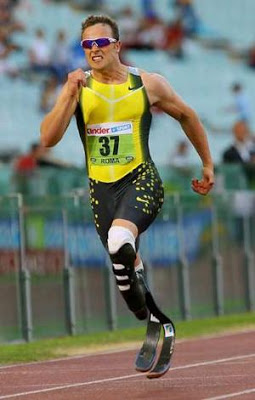Carnival of Space Week 57
The Carnival of Space 57 is up at Out of the Cradle This site contributed an article about some problems with lorentz propulsion tests but success with the SpaceX Falcon 9 International Space Development day 1 International Space Development day 2 International Space Development day 3 Babe in the Universe also had International space development …





